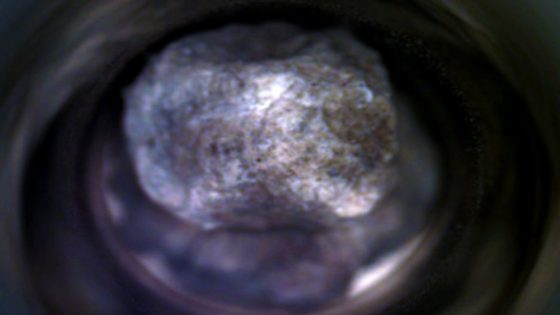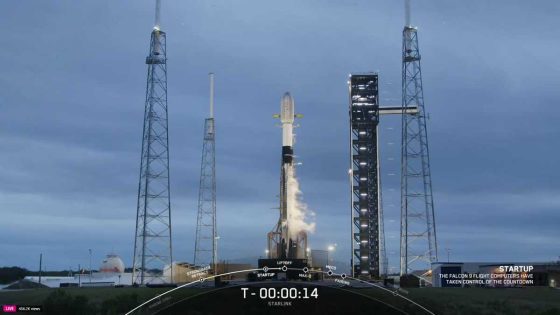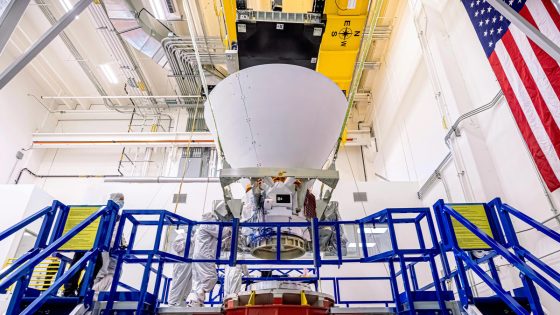NASA’s Perseverance rover has made a groundbreaking discovery on Mars. On February 1, 2025, it collected a unique rock sample named “Silver Mountain,” which features textures never seen before. What secrets does this Martian rock hold for our understanding of the planet?
- Perseverance rover samples Mars rock "Silver Mountain."
- Sample has unique textures never seen before.
- NASA plans to return samples by 2035-2039.
- Rover completed climb out of Jezero Crater.
- Mars exploration supports future human missions.
- Perseverance is part of NASA's long-term program.
NASA’s Perseverance Rover Makes Historic Mars Sample Discovery
What does the “Silver Mountain” sample mean for our knowledge of Mars? This recent find is part of a larger mission to explore the Red Planet’s history and its potential for life. As Perseverance continues its journey, scientists eagerly await the insights these samples will provide.
Exploring the Significance of the Silver Mountain Sample
The Silver Mountain sample is NASA’s 26th collection from Mars and is expected to provide valuable information about the planet’s geological history. The rover has traveled over 20 miles since its landing in Jezero Crater, a region believed to have once supported microbial life. Here are some key points about the mission:
- Silver Mountain has unique textures, offering new insights into Martian geology.
- The sample is sealed in a tube for future analysis on Earth.
- NASA plans to return samples by 2035 to 2039.
- Understanding Mars’ history is vital for future human exploration.
The Journey of Perseverance: A Path to Discovery
Since its landing in February 2021, Perseverance has been on a mission to explore Jezero Crater. This area is significant because it may have once been a habitat for life. The rover’s exploration of the Northern Rim will involve visiting four geologically interesting sites, where it will collect more samples. Why is this important? Each sample brings US closer to understanding whether life ever existed on Mars.
Future Plans for Mars Sample Return
NASA is currently evaluating methods for returning the collected samples to Earth. The agency aims to ensure that this mission is cost-effective and efficient. With plans to finalize the return strategy next year, scientists are excited about the potential discoveries awaiting them. How will these findings shape our understanding of Mars and our quest for life beyond Earth?
































